Dyckia reitzii
A pictorial lesson
Today I will show you the alpine Dyckia reitzii and its three known forms, green, reddish and whitish colors. Dyckia reitzii is found in rocky areas above 1.000 meters high. It stands deep cold but severe frosts may burn their leaves. Usually it is found amid grasses and the dry tall grasses may protect the plants against deep cold. It is also a Southern plant that grows around Rio Grande do Sul and Santa Catarina border. It was found and described by father Raulino Reitz in Campo dos Padres in Santa Catarina. Raulino described a green yellow flowered plant.....
Now, Dyckia reitzii frontier
This plant is able to built up its own substrate using debris from old leaves and surrounding plants, lichen, mosses...
Dyckias are forest makers. They are pioneers on the rocks. /They gather debris and make it possible to other plants to establish themselves, bushes and even giant trees. Dyckias make bedding to grow trees even on gigantic monolithic granite rocks. Their leaves are well equipped to this work. They touch the rock, they are hard and their spines help them to collect the debris. The leaves are also well suited to perform their role as pioneer colonizing plants even when dried and dead. Most of the mountains here in Santa Catarina are gigantic granite rocks covered by luxuriant canopy. Dyckias are no longer there except in rare spots we can devise Dyckia groups still in there. Once a Dyckia fulfills its role in nature it gets shadowed and dies.
I "cleaned" it and added NPK enriched substrate.
This plant (just one plant with four linked crowns) will respond by flowering in plentiful luxury.
Understand Dyckias in nature is to deal with life and death and getting reason to live and die.In nature life and death are horses that pull the very same chariot.
Now some Dyckia reitzii from Urubici-SC:
Now Dyckia reitzii from Campo dos Padres in Santa Catarina;
Father Raulino Reitzii described the species using a plant from this area:




















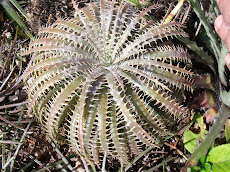
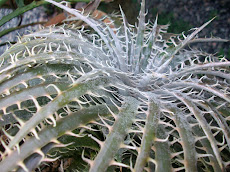
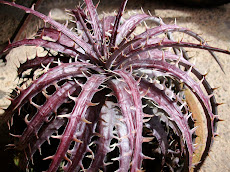

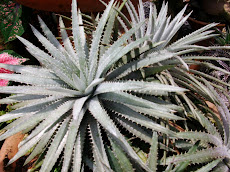

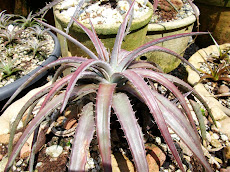
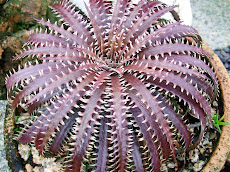


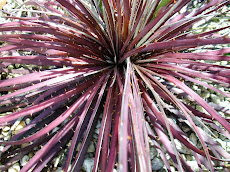
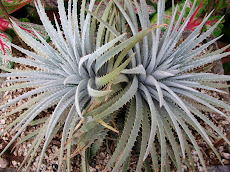
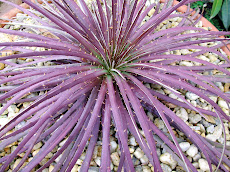

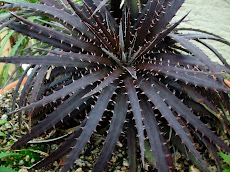
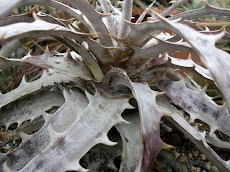

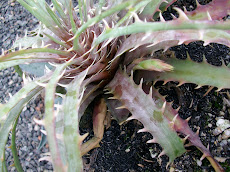

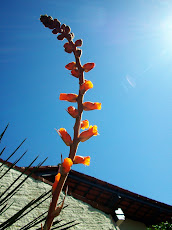
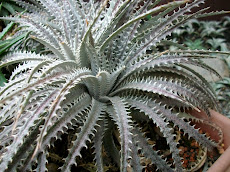

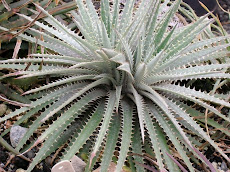
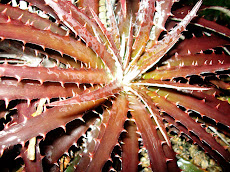
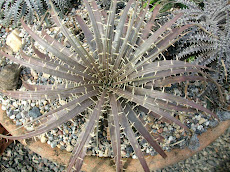

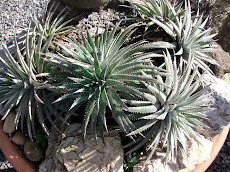
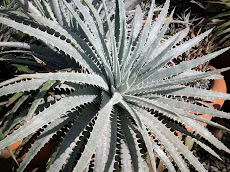


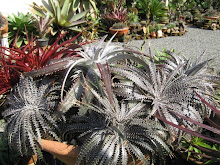
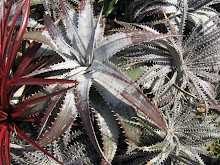
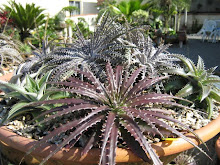
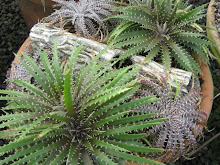
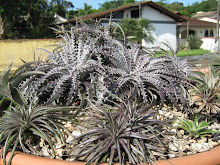


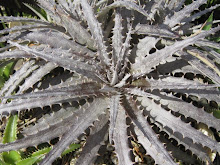
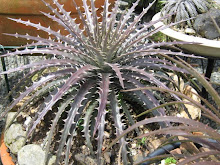
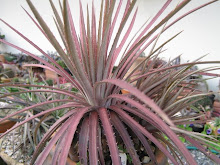

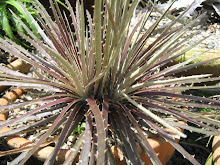
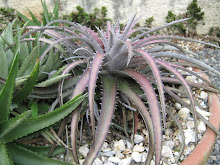
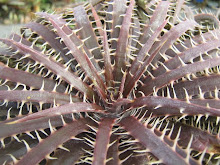



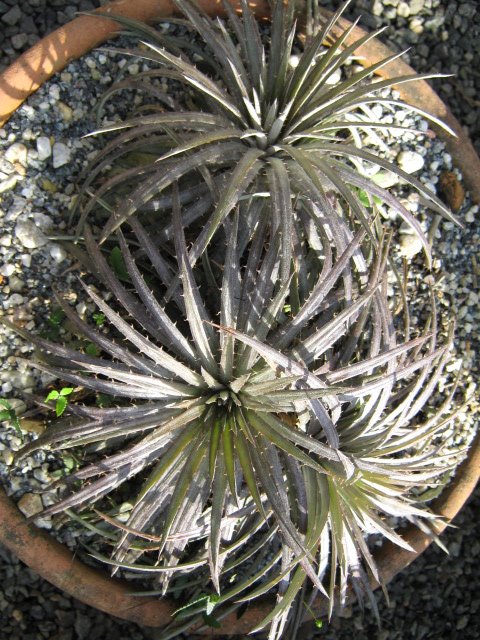
No comments:
Post a Comment